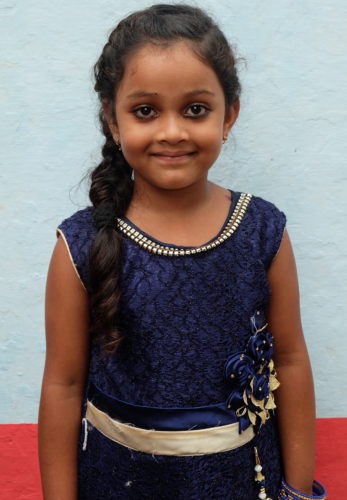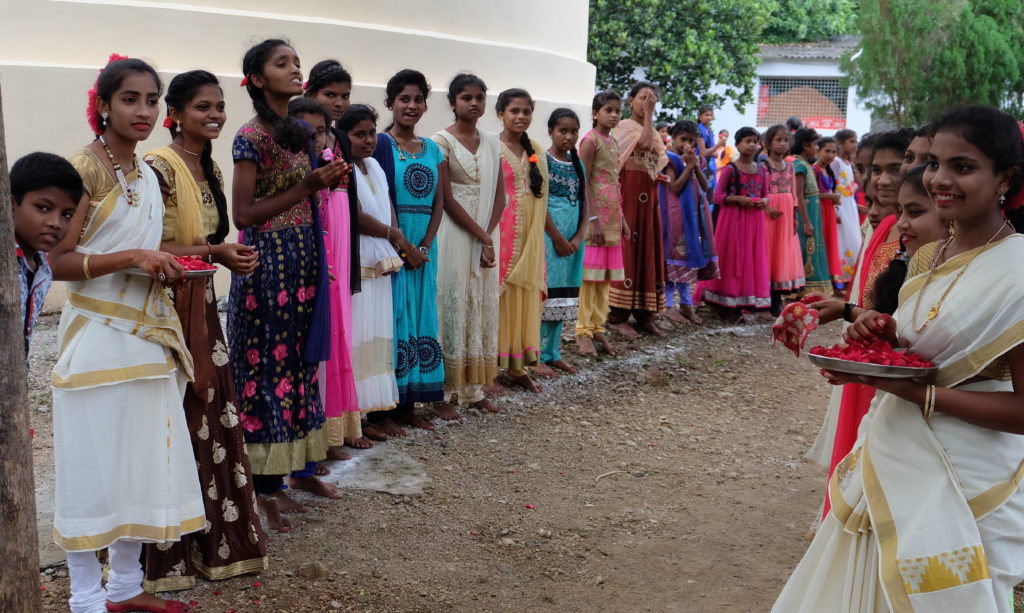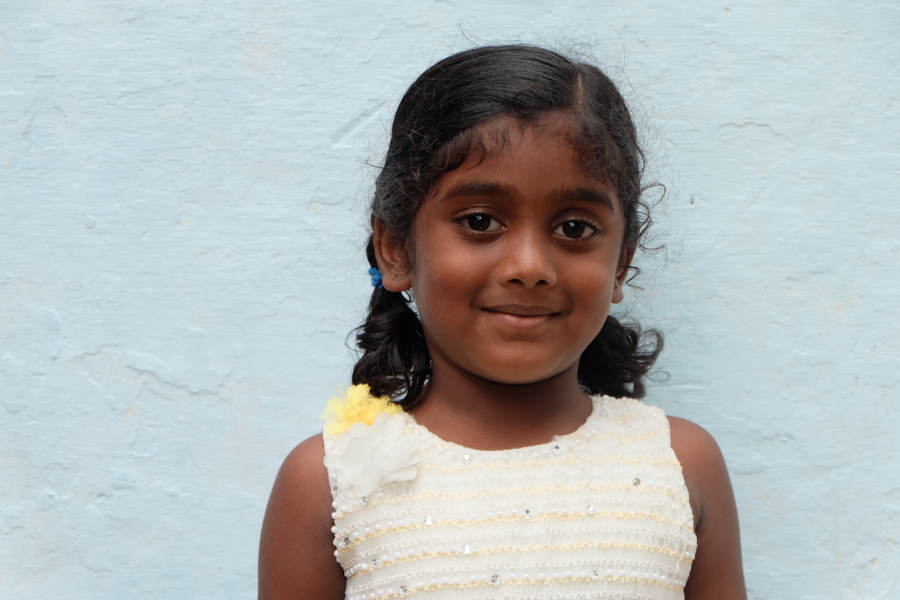It is an unfortunate reality that even in modern times, girls have fewer opportunities than boys when it comes to receiving an education. Girls all over the world face discrimination within their cultures. They are typically seen as unequal to boys, and there is therefore an absence of emphasis on educating them. Barriers such as early marriage, low social status, chores and responsibilities, unsafe schools, and a lack of sanitation prevent young girls from learning, and from getting jobs that generate a steady income. Women without an education can’t educate their own children or other family members, either, which keeps entire families and countries living in a cycle of poverty.
“If we educate a boy, we educate one person. If we educate a girl, we educate a family – and a whole nation.”
– African proverb
Girls are the priority
This is particularly true in India, where girls’ education isn’t seen as valuable in comparison to boys’, especially as young women age. Many girls start out attending primary school along with boys their ages, but they are expected to drop out to help their mothers care for younger siblings, or to get married and take care of their own families. This is not the case, however, at the St. Paul’s Home for Girls in Paloncha, India, where girls’ education is the priority.
The St. Paul’s Home for Girls is located in a small industrial town in the south Indian state of Telangana. Since the 1970s, Paloncha has seen a population explosion due to a rise in industry there, which includes the construction of a thermal power station. The town saw its population jump to over 200,000 people; and because of this rapid growth, many people from surrounding rural communities rushed into Paloncha in search of jobs that were never found. The result has been extreme overpopulation, and a serious lack of housing, sanitation, medical care, and schools.

Our sponsored children are well taken care of at the St. Paul’s Home.
Illnesses and poverty have caused many children to become malnourished and neglected. Knowing that girls tend to fare less well than boys when it comes to getting an education in India, the Church of South India established the St. Paul’s Home for Girls. Thanks to our contributors, 62 girls are currently enrolled in our program, and are receiving an education.
A happy home
Luis Bourdet, our Director of International Programs, and I arrived at the home to visit with the children in our program, as well as with our Volunteer Coordinator, Mrs. Samson, who greeted us warmly, along with her husband. Mrs. Samson is not only in charge of the Children Incorporated sponsorship program there, but she is also the matron of the home. She and her husband live in a small house on the property with their two children, and she explained to us that she loves spending a lot of time with girls after school and on the weekends to ensure they feel supported and cared for while living at the home.
As a result of her dedication to the girls, she feels that the girls are very happy in the home – and based on what I saw there, I agree. As we spoke, it was a lively scene behind us as the girls ran around the courtyard, laughing and playing; and it was apparent they were having a great time together.
As we toured the facility, I couldn’t help but notice that this was one of the nicest projects Luis and I had visited on this trip to India. The buildings are well-maintained and freshly painted. The bathrooms are brand new, with tile floors and wide sinks. The girls’ dorm, which was built with funds from Children Incorporated more than ten years ago, remains in great shape, without cracks in the walls or leaks in the roof.
Without support from their sponsors, many of the girls would never get an education in life.
Mrs. Samson tells us that the girls come from local families that are too poor to feed their children, or to send them to school. She continued, saying that at the home, the girls are provided with more than just food, shelter, and an education; they also receive guidance and care. Without support from their sponsors, many of the girls would never get an education in life.
A symbol of progress
After our tour, I spoke with the girls in the courtyard while Mrs. Samson helped Luis plant a symbolic fruit tree at the center of the grounds of the home, among other small plants and flowers, in remembrance of our visit, and as a way to say thanks for all that Children Incorporated does to help these girls get educated. It was a sweet gesture, and an appropriate one as well; just as the fruit tree will grow bigger and stronger over the years, these young women’s knowledge will flourish in the safety and security of the St. Paul’s Home for Girls. Thankfully, they have been given the important opportunity they deserve to be educated, which shows progress in closing the achievement gap between boys and girls in India.
***
HOW DO I SPONSOR A CHILD IN INDIA?
You can sponsor a child in India in one of three ways: call our office at 1-800-538-5381 and speak with one of our staff members; email us at sponsorship@children-inc.org; or go online to our donation portal, create an account, and search for a child in India that is available for sponsorship.


